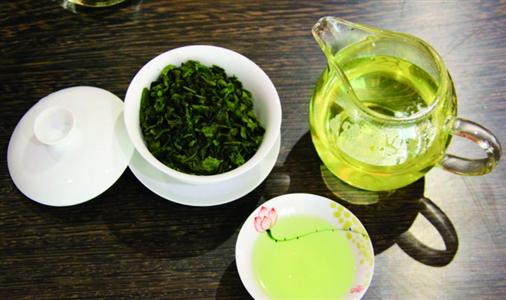
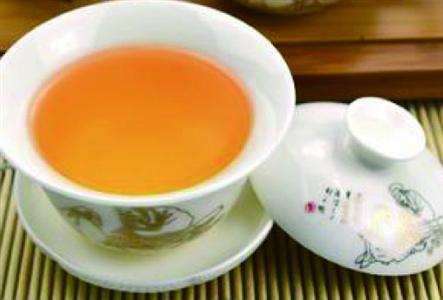
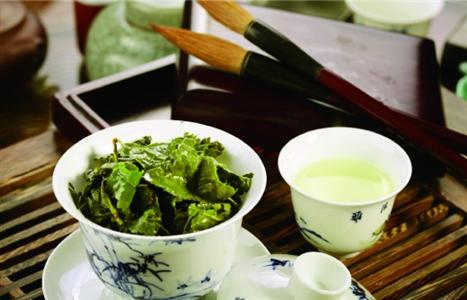
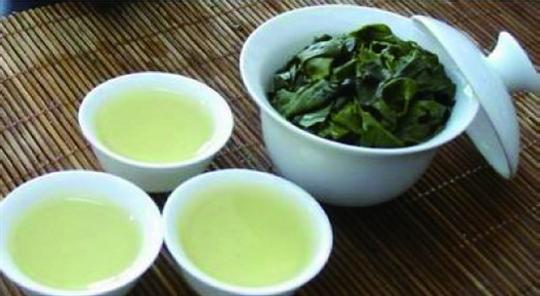

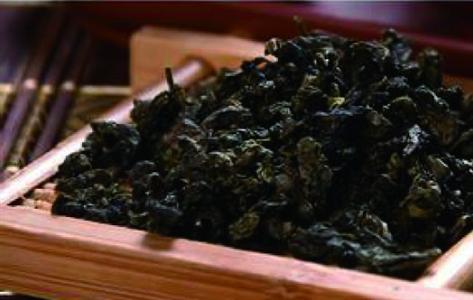
When waves of new tea enthusiasts compete to brew light-scented Tieguanyin as a mark of pride, those savvy senior tea drinkers leisurely uphold the traditions of the tea table—sipping classics like 'Fengqing Dianhong 1939,' 'Pu-erh Ripe Tea 1973,' and the ever-unforgettable 'rich-scented Tieguanyin.' Why? With more tea experience, one gradually becomes 'senior,' then 'savvy,' ultimately returning to a pure, classic taste that revives the palate's memory.
Four common misconceptions about rich-scented Tieguanyin among new tea drinkers:
Misconception 1: Tea leaves are better when younger.
Many believe tender tea buds are superior. In reality, the second and third leaves contain more nutrients than buds.
Misconception 2: Discarding the first brew.
Many habitually discard the first infusion, yet it contains over 40% of the tea's nutrients. If rinsing is preferred, it must be done within 2 seconds to avoid nutrient loss.
Misconception 3: Rich-scented Tieguanyin is low-grade.
Rich-scented Tieguanyin demands high-quality leaves and skilled craftsmanship, with precise roasting techniques raising production costs. Thus, it often commands higher prices than light-scented varieties.
Misconception 4: Assuming Tieguanyin should have green leaves and clear broth.
Each tea type has distinct traits. As a semi-fermented oolong tea, traditional Tieguanyin has a golden broth, while modern light-scented versions should be gold-tinged green, not emerald.
Rich-scented Tieguanyin embodies tradition and excellence. Its stringent leaf selection and masterful roasting—where 'tea is the ruler, fire the minister'—yield five key advantages:
Advantage 1: Intense aroma, mellow taste, and robust texture. Roasted leaves appear darker (yellow or black) but offer pure flavor, with deep golden broth as its hallmark.
Advantage 2: A trio of toasted rice, orchid, and fruity sweetness. Roasting transforms catechins for a smoother taste and converts polysaccharides to monosaccharides, enriching its 100+ aroma compounds beyond light-scented versions.
Advantage 3: Distinct 'Yin Yun' (iron Buddha charm), durability in brewing, and shelf life. Variations in roasting (light, medium, heavy; charcoal vs. oven) create diverse profiles, delighting connoisseurs.
Advantage 4: Gentle on the stomach, aiding digestion. Slow charcoal roasting (minimum 12 hours, ideally 72 hours) lends warmth, aligning with bodily needs.
Advantage 5: Enhanced safety. Baking at 120–130°C sterilizes the leaves, while light-scented versions dried below 100°C lack lasting fragrance.